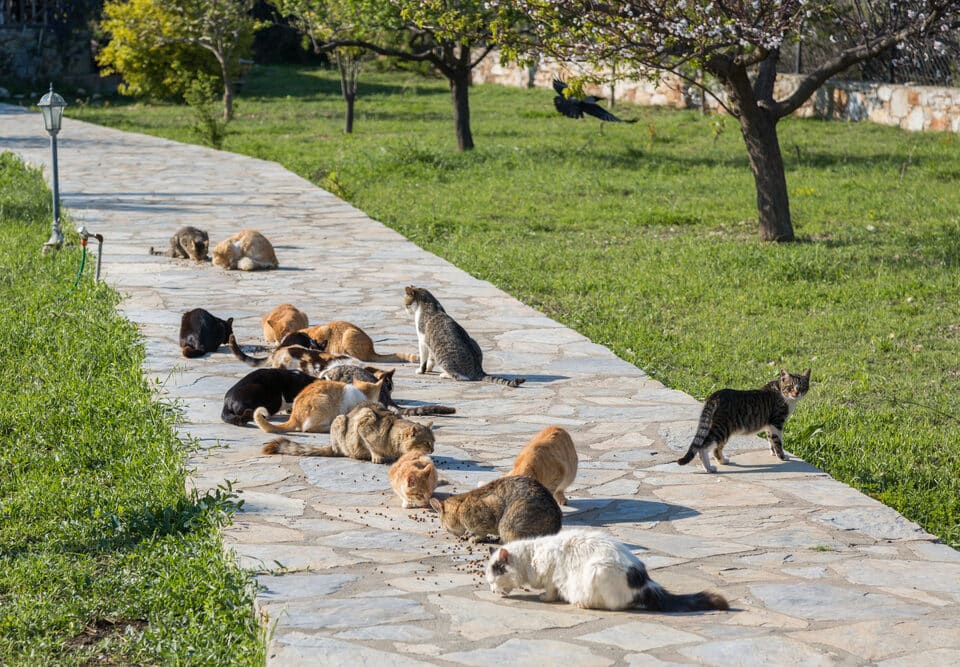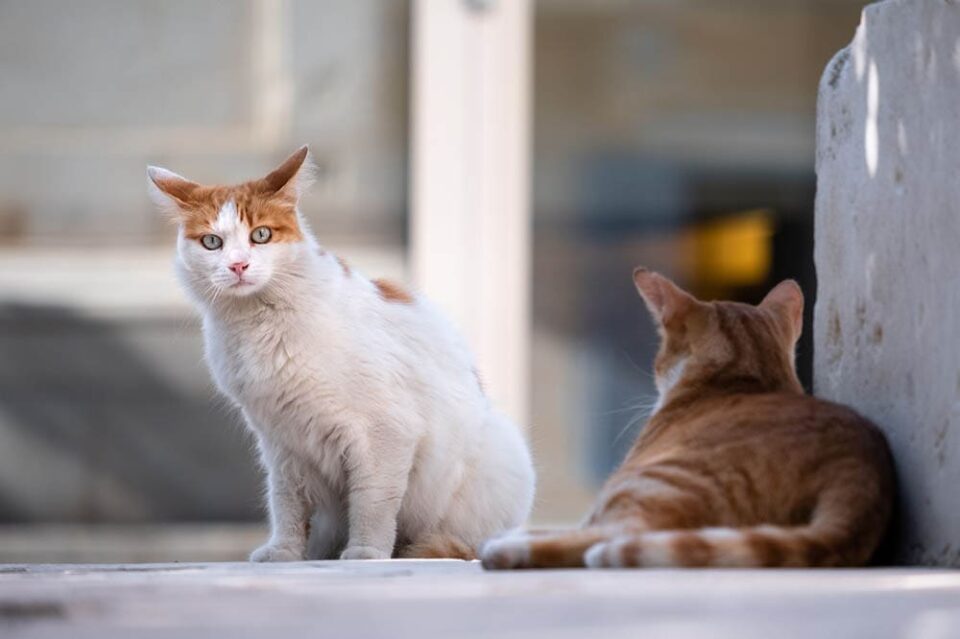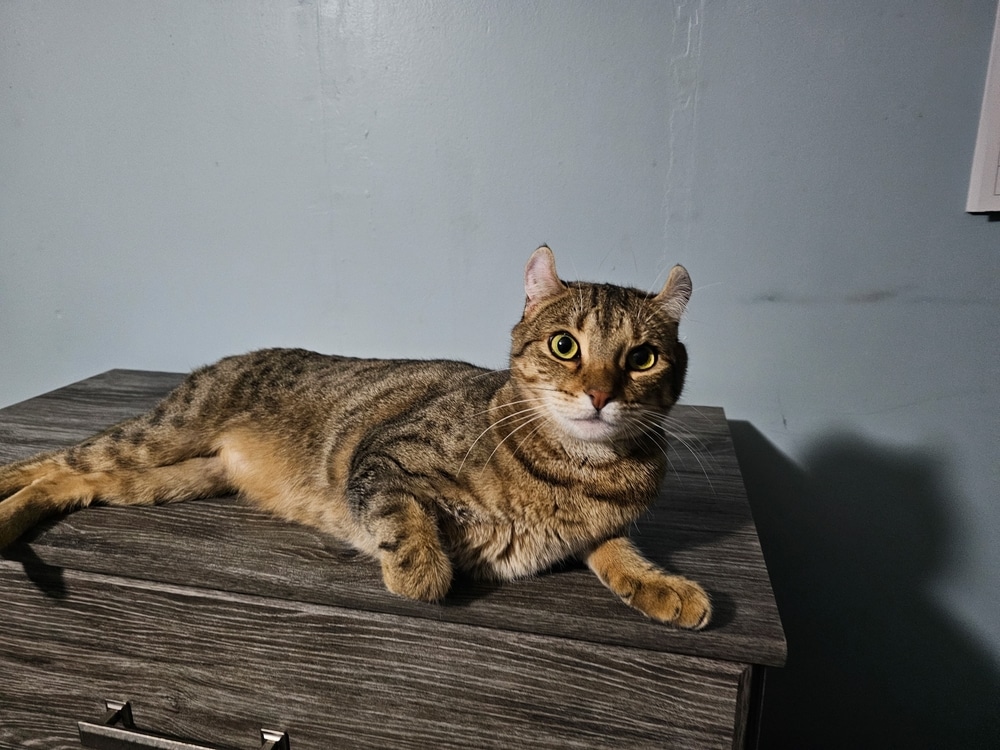Feral cats, those savvy, elusive feline roamers, have their own ways when it comes to hunting and survival. While they sometimes live in colonies, they usually hunt solo, opting for prey like rodents when the evening calls. Sharing, it seems, isn’t often on their dinner menu unless mom and kitten are involved. However, their living and hunting habits can vary quite a bit. Some are lone wanderers, while others enjoy the company of a colony. These cats often find scavenging from trash easier than honing their hunting skills.
It’s quite a challenge to differentiate between feral and stray cats. These outdoor felines, often lumped together under ‘community cats,’ might all live outside, but their lifestyles differ significantly. With ferals, human interaction is rare—these felines haven’t been socialized to be comfortable around us two-legged creatures in their early weeks. As adults, they shy away from human company, and chances are, they won’t take to life as a pet easily. The little ones born to feral mothers, however, can sometimes become friendly enough for adoption if they meet humans early.
Stray cats, on the other hand, have known human companionship. Once the beloved pets and companions, they can become solitary if left alone for too long. However, they’re often open to human contact and can easily adapt to a new home if offered a chance.
Where do these feral cats take up residence? Some form colonies with strong bonds. These groups, often made up of related queens and their kittens, are tight-knit. Within these colonies, queens might even share caregiving duties, looking after one another’s young, with little aggression disturbing their peace. Meanwhile, feral males hover around the edges, accepted but maintaining a bit of distance. Independent ferals might choose a city life close to human habitats. Trash cans and the occasional mouse make urban living appealing. Others prefer the wild, relying more on hunting to sustain themselves.
Diet for these cats leans towards scavenging. They stick to the ever-accessible human refuse and the critters it attracts. When it comes to active hunting, rodents are the primary target. Birds and other small mammals sometimes make the list, too, but it’s the rodents that become their main course when pickings are slim.
For those looking to lend a paw to these community cats, earning their trust is the first step. Providing food and water is a good start. Approach softly, with slow movements, and don’t expect immediate reactions. Truly feral cats will avoid eating while you’re around, while strays might begin to eat nearby as they get used to you.
Thinking of bringing a stray into your home? A visit to the vet or a shelter for a microchip check could reunite them with a worried owner. If no one claims them, and you’re ready for the commitment, welcoming a wayward kitty into your family could be in the cards.
Feral cats, however, usually feel more comfortable outdoors. Participating in trap-neuter-return (TNR) programs can be beneficial. This involves trapping, neutering, and then releasing them back to their environment. Building shelters for them is another way to help. TNR and shelters ensure these cats live healthier lives without contributing to more kittens in the wild. Here’s a trick: reach out to cat organizations for more tips on how to make a feral cat’s life better.
In the grand scheme of things, feral cats might be solitary hunters, but their survival tactics are not to be underestimated. From forming colonies to living off the land independently, these cats have adapted well to their circumstances. They lean towards scavenging, focusing on easy pickings from trash or the small animals that accompany it. While they tend not to share their catches, except with their kittens, their intelligence and adaptability shine through. Breathing life into their stories reminds us that these outdoor adventurers lead unique lives, woven with instincts and survival skills. Their distinct lifestyles can teach us much about independence and resourcefulness.










